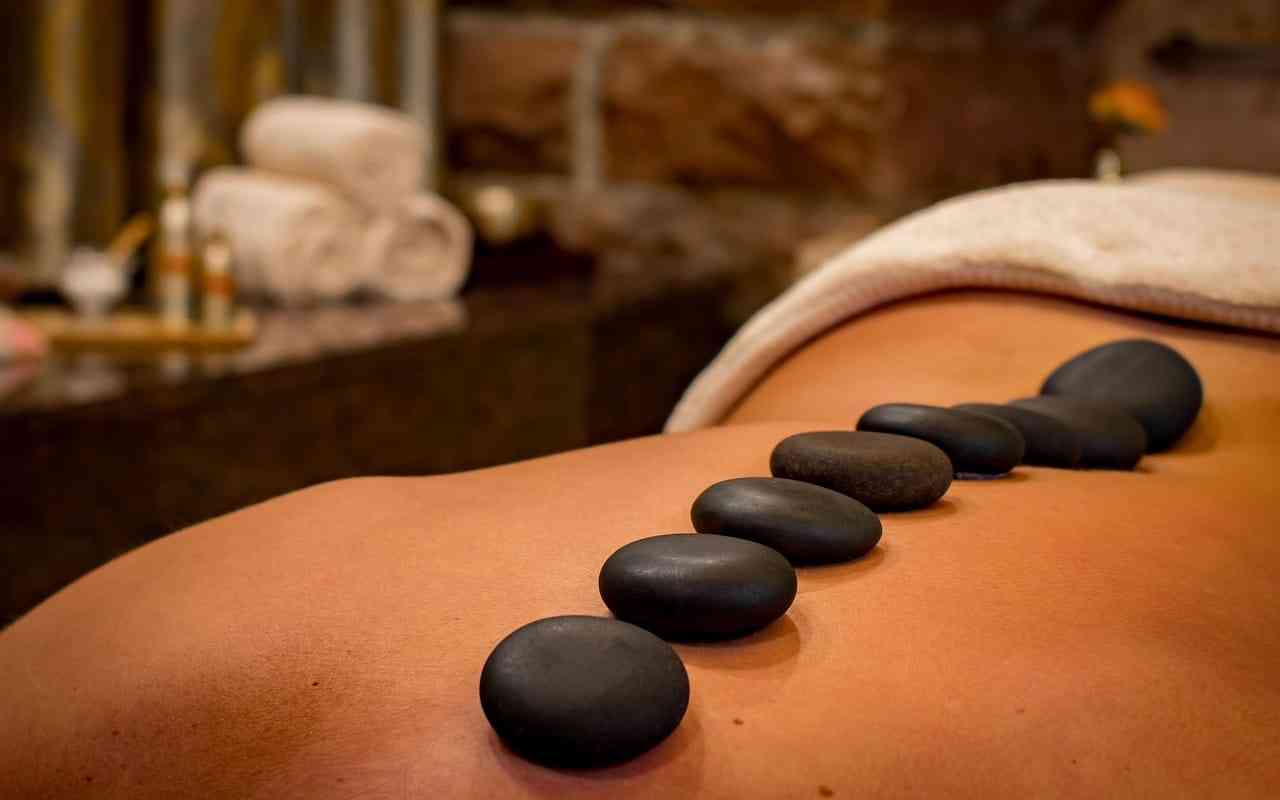Massages can be a relaxing getaway from the hustle and bustle of daily life, or even a form of therapy for those with muscular ailments or disabilities. But, not all massages are the same. These days, finding a standard deep tissue massage in Denver or Los Angeles, or any other big city is a breeze. But sometimes, different types of massages are authentically found in countries such as Sweden or Thailand. As more massage therapists learn about new techniques and expand their offerings, it can be hard to choose what type of massage is right for you. From the relaxing Swedish massage to the invigorating hot stone massage, we'll help you decide which is best for your next trip to the spa.
What Is a Massage?
Before we dive into what distinguishes each type of massage, let's first go over the umbrella term. A massage is a relaxing activity that involves the rubbing and kneading of muscles and joints by a masseur or masseuse, who uses their hands, applying various levels of pressure, to alleviate tension or discomfort.
Doing so manipulates the soft tissues, reducing pain and stress. Massage therapy may be a solution to help patients deal with stress or pain from a procedure or enjoyed as a relaxing pastime.
Different Types of Massages and Their Effects on the Body
Swedish Massages
Compared to other types of massages, which can feel more intensive, Swedish massages are all about relaxation. The therapist uses a light touch, administering long strokes, gentle kneading, and friction on a superficial level. Breathe gently and slowly during your massage and soak in the atmosphere; often, a massage therapist will play soft music to help accentuate the sense of comfort you feel during the process.
Deep Tissue Massage
In contrast to Swedish massages, deep tissue massages are more laborious, focusing on reaching deeper layers of muscle and tissue. In general, deep tissue massages can help improve circulation, release tension, and alleviate soreness; however, this massage method is also used to alleviate pain and chronic tension associated with musculoskeletal rehabilitation, often targeting the lower back.
To perform a deep tissue massage, the therapist will either have you lie on your stomach or back in a partially reclined position, allowing the greatest access to those deep muscle fibers.
Sports Massage
Another type of massage that speaks for itself, sports massages, are for increasing the range of motion and flexibility while alleviating pain associated with chronic conditions, reducing the risk of injury. Various techniques, in conjunction, allow for maximum performance, conditioning, and recovery.
A sports massage is an amalgamation of several different techniques that includes the following:
- Gliding
- Kneading
- Vibrating
- Percussion
- Compression
- Stroking
Some aspects of sports massage take inspiration from Swedish massages, and the practice bears a similarity to deep tissue massage. The difference is often the area of focus; unless the therapist is targeting a particular pain area, deep tissue massages generally aim to reduce tension across the whole body.
Sports massages may be more specific, emphasizing range of motion and flexibility. Some of the benefits of this approach include the following:
- Improved range of motion and flexibility
- Decreased tension in the muscles and nerves
- Reduced spasms
- Improved mood
Proponents also suggest that sports massages—and other types, for that matter—can also increase blood flow, flush out lactic acid, reduce injury risk, and reduce recovery time between exercise sessions. However, these claims are not as strongly supported.
Hot Stone Massage
A hot stone massage differs significantly from other massage methods. As the name suggests, hot stones are placed on the body to relax tense muscles and alleviate discomfort. This type of massage can reduce pain from arthritis or muscle spasms. The therapist may place stones in a variety of locations, including:
- Your spine
- Your stomach
- Your extremities
- Your face
- Your chest
Massage therapists may incorporate gentle Swedish massage techniques using stones to relax the body. Again, these might consist of gliding, tapping, kneading, vibrating, and stroking. Hot stone massages are often followed up by the use of cold stones, purportedly to reduce the risk of inflammation and soothe the skin.
Some of the advantages of hot stone massages include the following:
- Relieving muscle tension and pain: Applying heat to the affected area is alleged to improve blood flow and reduce inflammation.
- Reducing stress: Each type of massage is associated with decreased stress; hot stones are delightful as a stress-reduction technique due to their warmth.
- Aiding bodily systems: Although not fully supported by research, some proponents suggest that hot stone massages can help regulate sleeping patterns, relieve symptoms of autoimmune diseases, reduce cancer symptoms, and boost overall immunity.
Couples Massage
A valuable tool for relaxation and connection, a couples massage is an experience where two people enjoy a massage simultaneously. Generally, partners and spouses engage in massages, receiving individual attention from a massage therapist.
Couples massages vary in type by individual preference. The marker of a couples massage is simply that both are participating in a comforting, relaxing bonding experience.
Sharing those moments, even without a word spoken, can draw couples together and create positive feelings of togetherness.
Often, two massage therapists will work concurrently, the first on the upper half of one person and the second on the lower half of the other person. They switch partners at the halfway point, allowing for equal attention and comfort throughout. The experience is often enhanced with aromatic oils, relaxing music, and candles to highlight the moment.
Shiatsu Massage
A Japanese massage technique designed to ease the flow of qi through the body, shiatsu uses finger and palm movements to apply isolated pressure to certain areas of the body. Doing so is said to reduce stress, pain from injuries, and chronic discomfort over the course of 30 minutes to 2 hours.
The technique varies depending on the individual's preference, consisting of both light and deep pressure. A shiatsu session also often includes stretching accompanied by breathing exercises to maximize its effects.
The Bottom Line
Massages are designed to relieve pain and discomfort; therapists practice different types of massages worldwide to accomplish that goal. Massages can be superficial or deep, short or lengthy, and consist of different practiced motions, including gliding, vibrating, kneading, and stroking, administered by professional massage therapists.
The effects of massages are widely recognized and appreciated by research; they are particularly well-reputed for their ability to reduce stress. Whether you enjoy a massage alone or with your partner, there are plenty of relaxing options from which to choose.
Image by Social Butterfly from Pixabay
Follow me down the rabbit hole!
I'm Alice and I live with a dizzying assortment of invisible disabilities, including ADHD and fibromyalgia. I write to raise awareness and end the stigma surrounding mental and chronic illnesses of all kinds.








